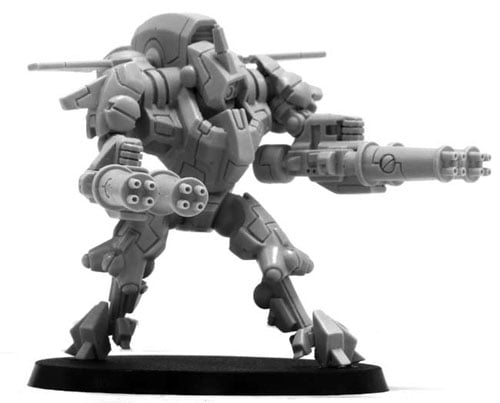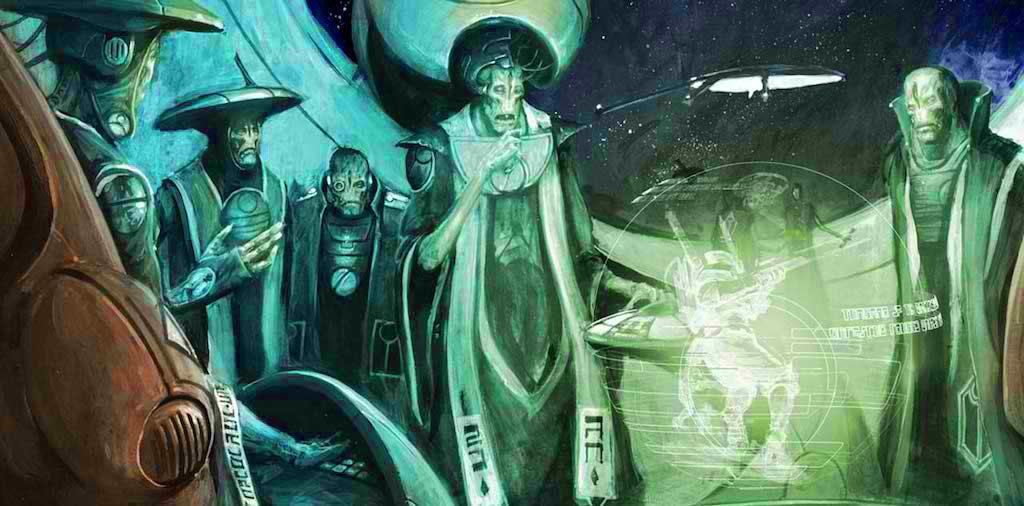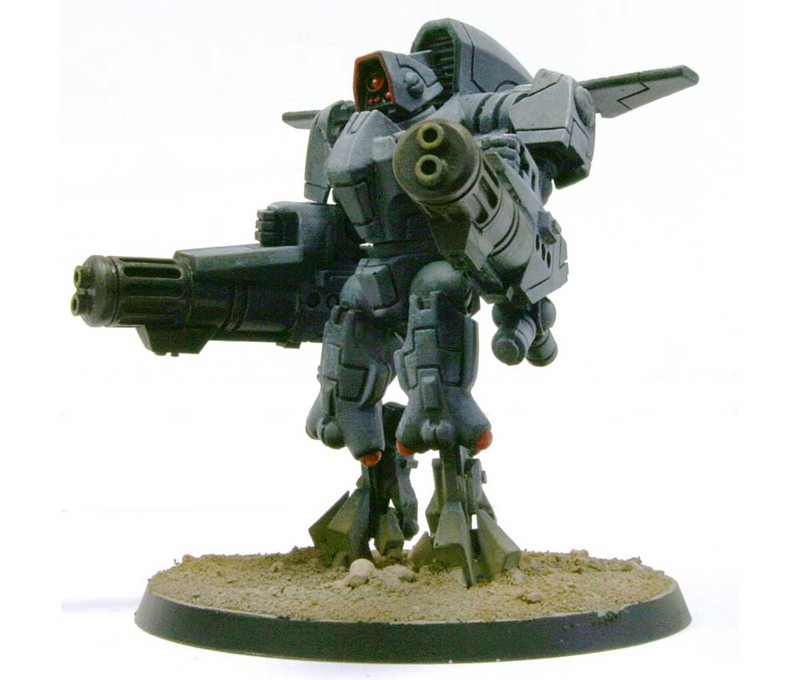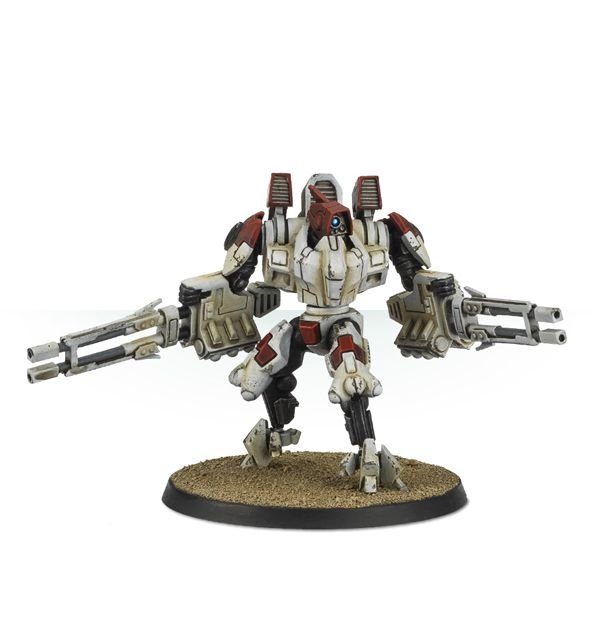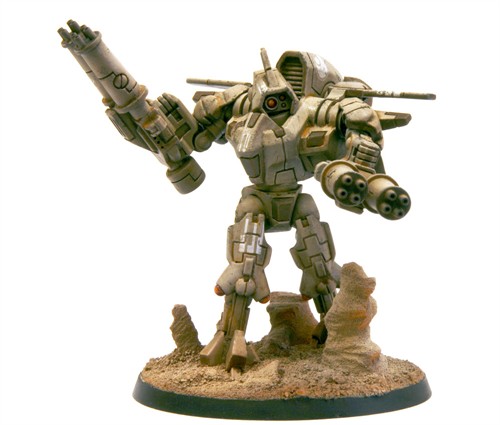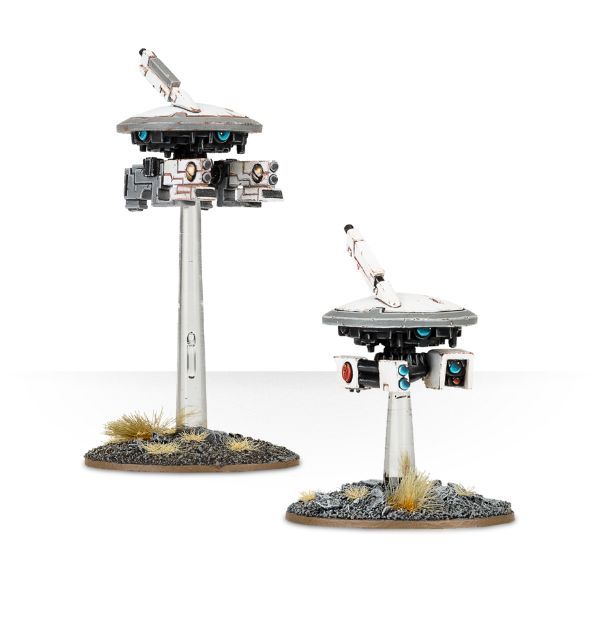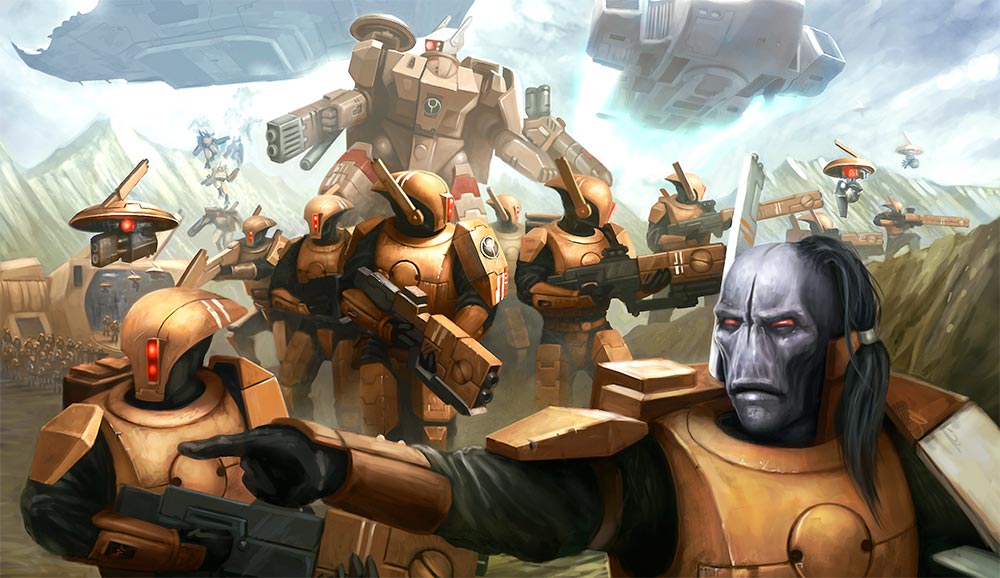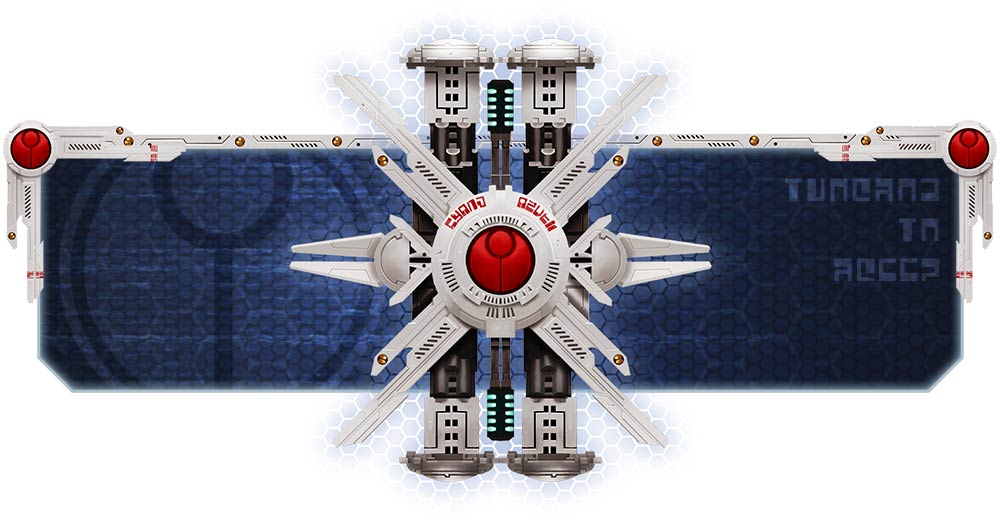T’au Tactics: Diving In With the XV9 Hazard Suit


Today we talk about the Tau Empire’s sophisticated, close-range battlesuit – The XV9 Hazard Battlesuits
Charlie here from 40kDiceRolls,
A thorn in some traditionalist T’au’s side, the Hazard Suits are on the cutting edge of what the T’au empire can produce. They’re so advanced, in fact, that only seasoned XV8 pilots are allowed to use them, requiring the pilots to have survived extremely difficult and dangerous prior missions. Due to the suit’s enhancements, it can function as a powerful prototype weapons platform and has been used to field test certain new weapons. It’s used as a means to apply a butt-ton of short-range firepower against numerically-superior enemies. The Ke’lshan sept, in particular, is known for harnessing their benefits in wartime application to great success. Of this sept, Shas’O Ra’lai himself pilots a Hazard Suit.
XV9 Hazard Battlesuit
Wargear
Hazard Suits are a single model equipped with two double-barrelled burst cannons (DBBC). The unit may be accompanied by up to two other Hazard suits and four total Tactical Drones. It may replace one or both DBBC with either a phased ion gun, a fusion cascade, or a pulse submunitions rifle. It may also take a single Support system.
- Double-barreled burst cannon – 18″ Assault 8 S5 AP0 D1
- Phased ion gun – 18″ Assault 2D3 S4 AP-1 D1 (Any to-hits of 6 are instead AP-4)
- Fusion cascade – 12″ Assault D3 S8 AP-4 D[D6] (roll two dice and take the highest for damage if within half range)
- Pulse submunitions rifle – 30″ Assault 2D3 S6 AP0 D1
Special Rules
- For the Greater Good
- Allows units within 6″ of a charged unit to fire overwatch as if they were the target of the charge, at the cost of not being able to fire overwatch again that turn
- Bonding Knife Ritual
- A 6 for a Morale test always passes
- Photon Casters
- An enemy unit that declares a charge against a unit with this ability must reduce its charge move by 2″ for that phase.
- Manta Strike
- Able to deep strike up to > 9″ away from an enemy unit
- Drone Support
- The drones are set up and deployed when R’alai is set up and deployed, but then they become their own separate unit.
- Savior Protocols
- The thing you love to hate (unless you play T’au), this allows the drones to tank successful wounds on nearby <Infantry> and <Battlesuit> units onto themselves with a successful 2+ roll.
Tactics
You could draw many parallels between a Hazard Suit and a Crisis Suit. Many of the weapon options are functionally the same or very similar. A key difference between them though, one that needs to be highlighted, is the minimum unit size. For Crisis, you have to take at least 3, but for Hazards, you only have to take one. This distinction makes the minimum point investment for this unit much lower and therefore can fit into a larger variety of lists and tactics. In 7th edition, Crisis could be taken in units of one model, but when 8th came along this was changed. Now it is just the Hazard Suit that can be taken as a “Monat” (T’au word for lone warrior, i.e. a single suit working without a team). For both fluff and competitive reasons, this is an advantage for the Hazard Suit, as often the lower point requirements and smaller footprint of a single suit are preferable. As a single-model unit, stock ~70 points, it can slip into your opponent’s backfield turn two or three via Manta Strike for relatively cheap disruption, especially compared to a minimum size unit of Crisis suits.
The loadout most-recommended is the stock loadout, featuring two double-barreled burst cannons. This high volume of shots pairs well with the average BS4+, usually resulting in a significant number of wound rolls against enemy infantry. 16 S5 shots popping up in your opponent’s backfield turn 2 or 3 is something that your opponent will usually decide they have to deal with, for good reason. The other weapon choices are not recommended, primarily due to the variance in the number of shots. The dual fusion cascades will, on average, represent more fusion shots then a 3xFB Crisis Suit could roll as many as 6, but could also roll as few as 2. Plus it’s shorter range than a regular Fusion Blaster. It’s not a terrible choice, but remember that we’re dealing with BS4+ and against sturdier targets (T8), you’ll be wounding on a quarter of your number of shots (BS4+ means half your original shots hit, S8 on T8 means half of those hits will wound). Realistically, and without additional support, you could fail to damage something tough without any support via increasing your hitting or wounding odds. That’s why, in general, I favor the higher volume of firepower and the role of harassment unit, rather than the few shots and the tank-hunting role that the Fusion Cascade loadout would imply. The phased ion gun has a very cumbersome statline with random shots, only S4, and D1. The AP-1 is nice, but against chaff and infantry, you’re probably better off with the DBBC’s. Same thing with the pulse submunitions rifle.
Another advantage that the Hazard Suit has on the Crisis Suit is the separate support system slot. For Crisis Suits, you have a total of 3 slots of which you can fill with a variety of weapons and support systems. Any slot used for a support system is not spent on a weapon and thus directly reduces your firepower output. In almost every case you’re better off taking more weapons than two weapons and a support system. But for Hazard Suits, this is not the case. They have a separate weapon choice from a separate support system slot, meaning that you’re not giving up firepower by taking Advanced Targeting Systems (ATS, giving your weapons an additional point of AP). Now all of those 16 shots dropping inside of your opponent’s deployment zone are S5 AP-1 D1, which demands even more of a response. ATS is the most-advocated support system, though a Shield Generator is another option if you value resiliency over lethality.
To further the idea of a backfield harassment unit, remember that the Hazard Suit unit can take up to four tactical drones. Consider, then, the scenario where instead of a Shield Generator or ATS, you instead take a Drone Controller (giving nearby drones +1 To-Hit) and take four Gun Drones. Now, you can drop 32 S5 shots right next to an unprotected, unscreened character, an artillery unit, etc. For around 120 points, this could be devastating in the right circumstances. This tactic can also be used to rendezvous up with other Gun Drones and provide the Drone Controller to make them hit more often. Another take on bringing alone drones is to make them Shield Drones instead of Gun Drones. These shield drones could bolster the Savior Protocol protection around a valuable asset like a Y’vahra to give it additional protection and hopefully increase its lifespan. In this case, you wouldn’t need a Drone Controller, so ATS is probably your best best. It’s important to remember that taking a unit of Tactical Drones falls within the rules of “Rule of 3”, so being aware of alternatives to get drones exactly where you need them is vital.
Photon Casters is an interesting ability and one that shouldn’t be forgotten (though I’m guilty of exactly that). Reducing your opponent’s charge is extremely powerful, even if it is only by a couple of inches. Careful positioning could make for some longer-than-expected charge distances and for units that don’t have inherent ways to overcome those, could pose a challenge. Bonding Knife Ritual is just as useful on Hazard Suits as it is on Crisis Suits, meaning not very much. If you’ve taken enough losses for it to come up, you’ve taken too many losses. Also, running just a single Hazard Suit completely negates morale losses.
Regarding Sept choice for the Hazard Suits, I think T’au sept is an obvious choice just in how strong it is overall and due to the fact that you’re probably already bringing T’au sept. Other honorable mentions would include V’iorla. to allow you to advance and still shoot your 16 shots at BS4+ without penalty, and even Dal’yth, allowing you to Strike and Fade a Monat Hazard Suit, creating an even more difficult situation for your opponent to deal with.
Counters
As has been detailed in the Crisis Suit article, careful screening is key against Hazard Suits who are deep striking, which is what they will be doing 99% of the time. However, single model Hazard Suit units will take up a smaller footprint and therefore you’ll be required to be more detailed in ensuring your opponent doesn’t have a small pocket to drop in a snipe a character. A Hazard Suit unit with a drone controller and 4 Gun Drones is a lot of dakka, period. Therefore it’s going to come down and do damage, you have to find ways to mitigate against that, either with -1 to hit abilities and powers (the ultimate bane of T’au’s existence are negative To-Hit modifiers) or by “layering” your forces such that when the inevitable does happen, the Gun Drones who have to hit the nearest enemy unit and the Hazard Suit are not able to target what they want to target. Furthermore, if your opponent is using the Drone Controller-wielding Hazard Suit to meet up with other Gun Drones, know that if you can take out the Drone Controller, you’ll drastically reduce the efficiency of the drones. Bear in mind that a direct attempt to shoot the Hazard Suit will cause you frustration due to Savior Protocols and it being surrounded by drones.
Summary
The Hazard Suit, though somewhat comparable to the Crisis Suit, has several key difference to rules, weapons selections, and viable tactics that deserve consideration. Like a lot of T’au units, it is not incredibly strong by itself, but when used appropriately can make its points back and provide a tactical advantage in nearly every game. While Crisis Suits are not obviously worth their cost, even with their points reduction from CA2018, I think Hazard Suits have a better footing in strong T’au lists. Not to the level of Riptides, but a good T’au general can make use of one or more Hazard Suit units. They are Forgeworld and therefore a little harder to come by but if you have access to them, I don’t think you’ll regret including them in your lists.
Have you found success using Hazard Suits? Do you prefer them to Crisis Suits?
And remember, Frontline Gaming sells gaming products at a discount, every day in their webcart!

